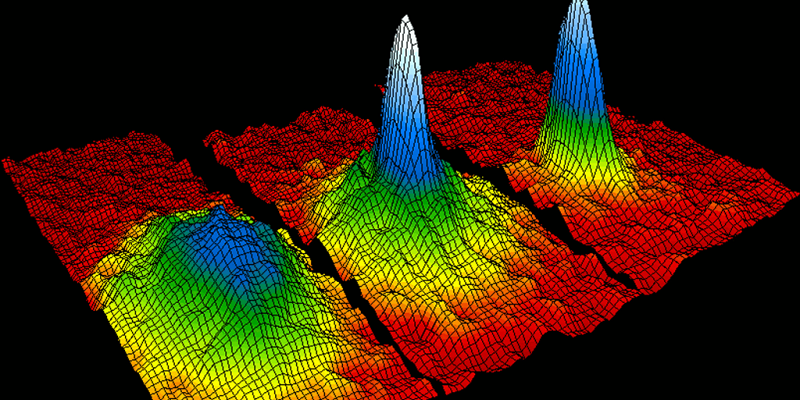

About Physics
Physicists study the material world and the energy that drives it, from the smallest particles like neutrinos and Higgs bosons, to the largest structures in the universe. They design and perform experiments with lasers, cyclotrons, telescopes, mass spectrometers and other equipment. UBC's first-year physics classes use the flipped-classroom model to ensure that you receive individualized help, even in large, lower-level lectures. UBC is also home to Canada’s National Laboratory for Particle and Nuclear Physics, a world-renowned accelerator for the study of sub-atomic science. The department has a strong outreach program that helps run the UBC Physics Olympics, the Michael Smith Challenge, and the Canadian Physics Olympiad.
Program Details
This undergrad program is intended for students who wish to learn physics as part of a general education, or combine physics with other disciplines to pursue careers like science journalism, or pre-training for a professional degree in architecture, commerce, education, law or medicine. The honours provides a solid foundation if you intend to proceed to graduate school.
Skills
- Application of theoretical concepts and scientific principles to unexplained or novel situations
- Observation and interpretation of relationships between factors
- Usage of computer programming to create complex models or solutions
- Application of logic, imagination, judgement, and abstract thinking to solve real-world problems
- Quantification of complex calculations and statistical analysis
- Communication of complex ideas through advanced technical writing
- Usage of a wide range of advanced instruments, machines, and lab equipment
Specializations offered
- Major or Honours, Physics
- Honours, Biophysics
- Combined Honours, Physics and Astronomy
- Combined Major, Computer Science and Physics
- Combined Honours, Physics and another science subject
- Combined Honours, Chemical Physics
- Combined Honours, Physics and Mathematics
- Co-op





